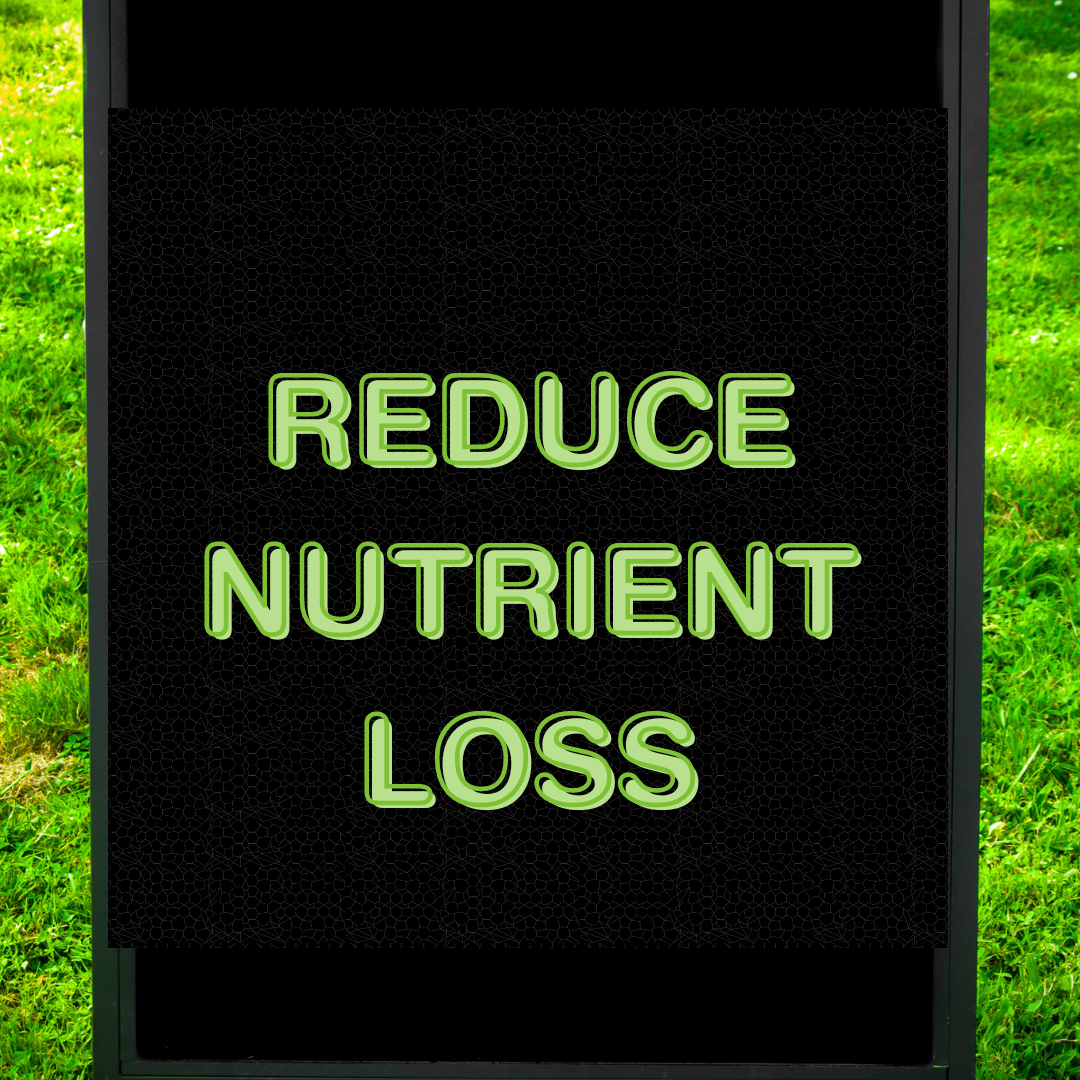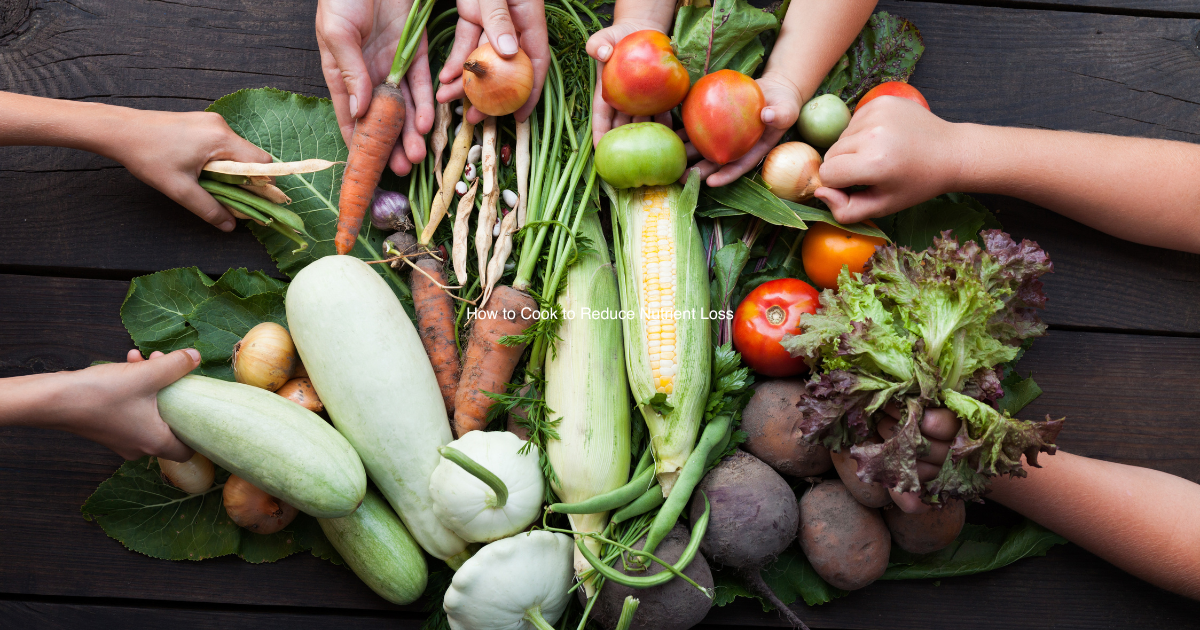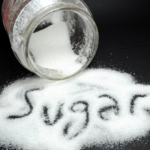Reduce Nutrient Loss
Nutrient loss can be minimised by using cooking methods like steaming or boiling. Unlike when they are boiled or fried, the vitamins, minerals, and antioxidants in steamed veggies remain preserved. It has been shown that boiling vegetables in a small amount of water for a short period helps maintain more nutrients than other cooking methods like frying or sautéing. Overcooking veggies can reduce their nutritional content, so it’s best to avoid doing so.
Covering the pot or pan while cooking is another option for minimising nutritional loss. This reduces the amount of steam that escapes the pan, protecting against the loss of vitamin C and other nutrients that can be caused by cooking at high temperatures and then coming into contact with cool air. Moreover, the oxidation events that happen when food is heated can be slowed by adding acidic foods like lemon juice or vinegar. This helps retain colour, texture, and some nutrition.
Extreme heat is harmful
Reduce the heat as needed while cooking. The food’s nutrients may be destroyed by the high temperature. Proteins and vitamins are more easily destroyed by heat, making them less bioavailable. Certain nutrients are damaged or made harder to digest and absorb by high temperatures due to oxidation.
Steaming, microwaving, boiling, and pressure cooking are all effective cooking methods that minimise nutrient loss. Cooking with these methods causes less damage to the food and less loss of nutrients than frying or baking. While boiling vegetables, it’s recommended to use less water so that more of the food’s natural nutrients are preserved.
Foods lose even more nutrients if cooked for too long, so try to keep cooking times as short as possible while still getting the job done safely. Last but not least, wherever possible, utilise fresh products instead than canned or frozen ones, as they retain a higher percentage of their original nutrients.
Boiling: Timing is Key
While boiling food, timing is of the essence. If done properly, boiling is a quick and easy technique to cook food without destroying its nutritional value. Unfortunately, overcooking can cause essential nutrients to be lost from food that has been boiled. Avoid this by setting a timer and checking the food’s doneness at regular intervals. Vegetables should not be cooked for long periods of time because they tend to get mushy if overcooked. Cooking time for veggies at the boiling water might vary from 1-15 minutes, or more for harder vegetables like potatoes.
One more way to conserve more of the food’s nutrients and vibrant colour during cooking is to add a little acidity to the water before boiling foods like tomatoes and lentils. However, this method should be used with caution because too much of it can alter the taste and texture of the food. In addition, try boiling food in less water than you would normally use; this will cut down on vitamin loss due to evaporation.
Methods: Different Options
Many options exist for preparing food in a way that retains as many nutrients as possible. With no need for added oils or liquids, steaming is an excellent method for keeping nutrients intact when cooking. Fast cooking methods like boiling and poaching can help preserve nutrients by reducing the amount of time food is exposed to the cooking temperature.
Nutrient loss can be kept to a minimum even when using methods like baking, roasting, stewing, stir-frying, and microwaving. All of these techniques should be carried out with a minimum of oil or liquid added in order to prevent nutrients from being lost during cooking. Overcooking food also destroys nutrients, so it’s best to avoid doing that if you can. Finally, post-cooking herb and spice additions can help mitigate nutritional loss without boosting calorie or fat content.
Avoiding Overexposure When Mixing/Stirring
Avoid exposing ingredients to excessive heat or light when stirring or mixing to keep their nutritional value intact. This can be achieved by cooking on a low heat setting or by covering a pan or vessel with a lid. Covering food helps it maintain moisture, which in turn helps it keep nutrients. It’s also important to not over mix food when stirring or mixing it.
If you mix something too much, you run the risk of exposing the ingredients to an unsafe amount of heat, which might degrade them. Because fats can absorb nutrients from other components, limiting the amount of fat used in the recipe can be an additional step towards reducing nutrient loss from stirring and mixing. Finally, avoid using processed foods like canned or frozen ones wherever feasible and stick to fresh products instead.
The Advantages of Steaming
Steaming is a great way to cook food since it preserves the most nutrients. Better than other methods, like boiling or frying, it can keep nutrients like vitamins, minerals, and phytonutrients in food. The low heat of steaming preserves more of the food’s natural nutrients.
In addition, the use of fats or oils is unnecessary during steaming, which further reduces the calorie count. This makes it an excellent option for folks who want to watch what they consume without sacrificing taste. Steaming is advantageous because it allows food to be cooked quickly and evenly without drying out or burning without using as much energy as other methods of cooking.
Storing: Maintaining Quality
Choosing the right container is crucial to preserving the quality of stored food. Airtight, moisture-proof, and odour-proof packaging is ideal for preventing spoilage and extending the shelf life of perishables. Use containers that are labelled “food safe” or “safe for microwaving” to assist avoid the spread of bacteria due to air exposure when moving leftover meals from their original containers to storage containers.
The use of a vacuum sealer is also useful for preventing spoilage and nutrient loss due to oxygen exposure. Last but not least, keeping food in a cool environment like a refrigerator or freezer helps delay the onset of deterioration and the loss of nutrients. Certain veggies, however, can be damaged by exposure to extremely low temperatures and should be kept out of the fridge at room temperature.
Conclusion
To minimise nutritional loss while cooking, preparation is key. Maximising nutrient retention can be aided by planning meals and ensuring they are balanced and nutritious. Having a wide selection of nutritious items on hand is also beneficial for whipping up a quick and easy supper. Prepare dishes in bulk so that leftovers can be eaten throughout the week or frozen for later. This will be a time-saving solution while still offering nutritious meals.
Steaming, blanching, and stir-frying are all fast cooking procedures that require less water and heat and a shorter cooking time than boiling or baking. By following these guidelines, you may be able to preserve more of the food’s natural nutrients when cooking. Delicious, nutrient-dense meals are within reach with a little bit of preparation and awareness of how to minimise the loss of nutrients during cooking.







GIPHY App Key not set. Please check settings